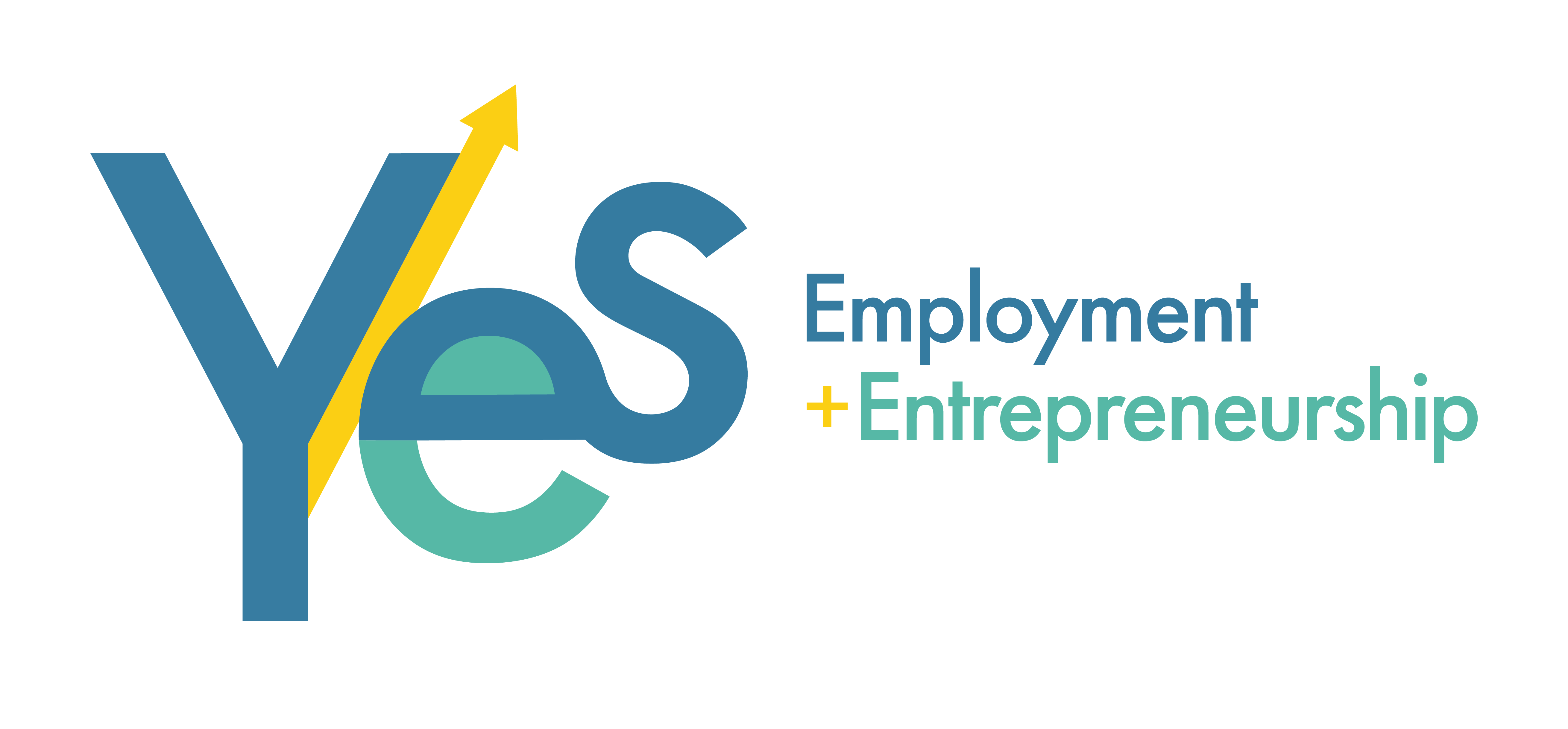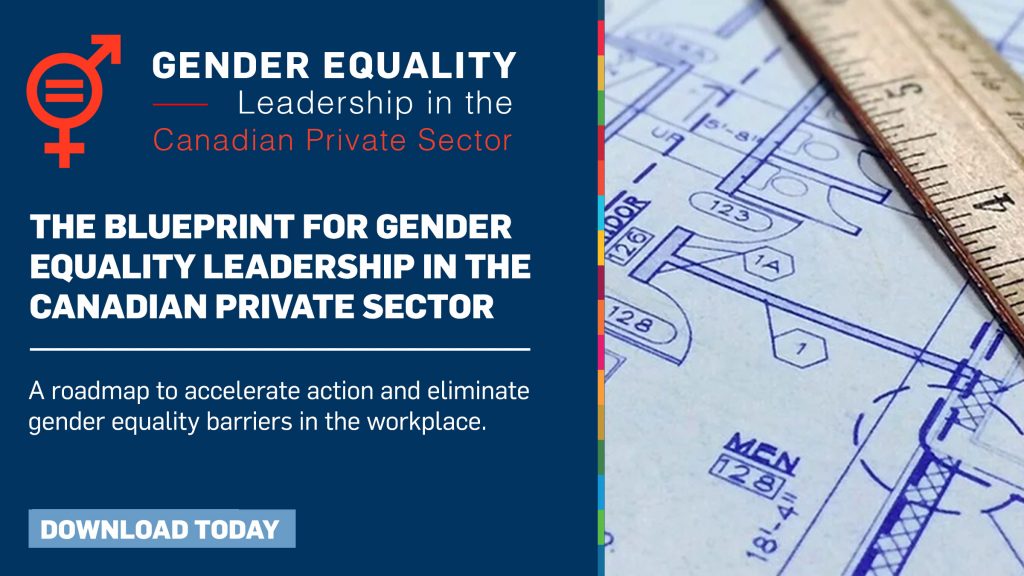Forbes: Why Big Data Is Failing Women In STEM And How To Fix It
Big Data dominates our economy. Yet, we don’t have consistent, standardized and real-time data on the jobs driving that 21st century-Big Data economy: science, technology, engineering and math (STEM). Especially for women.
The impacts of crises are never gender-neutral, and COVID-19 is no exception.
While everyone is facing unprecedented challenges, women are bearing the brunt of the economic and social fallout of COVID-19.
Here’s how COVID-19 is rolling back on women’s economic gains of past decades, unless we act now, and act deliberately.
Global Compact Network Canada, the Canadian chapter of the United Nations Global Compact, recently concluded a three-year project, Gender Equality Leadership in the Canadian Private Sector. The project engaged over 20 private sector organizations and advisory partners to develop a set of tools designed to accelerate gender equality progress in Canadian workplaces.
The resulting Blueprint for Gender Equality is a comprehensive, actionable roadmap with key recommendations and leading best practices designed to guide organizations working to improve gender equality or to learn more about creating inclusive workplaces. The Blueprint website also features a resource database and Maturity Model, a self-assessment tool which works in tandem with the Blueprint to help organizations identify and expand upon ongoing efforts to advance gender equality and uncover new opportunities to achieve systematic change.
To access the Blueprint website, available in both English and French, please click here.
YES’ Advancing Women in STEM initiative, launched in 2017, was created to provide recommendations and test solutions to key challenges compromising women’s retention and access to leadership positions within STEM industries. One of the project’s main objectives was to support a team of “change agents” within select pilot companies as they created internal initiatives to support female employees, and influenced organizational functions and structures that hindered inclusion and equal access to opportunity. Outlined below are the outcomes, lessons learned, and recommendations identified by the leaders from the three piloting companies, GSoft, IC Axon and OneSpan.
Read the full document here. Version française ici.
Numerous efforts focus on increasing and diversifying the next generation of leaders in science and technology. And while we have experienced some success, a study published in the journal Educational Researcher shares important information on where we need to continue to focus our efforts.
Read the full article here
Source: Real Clear Education
Science and gender equality are vital to the world reaching sustainable development goals, and in recent years much has been done to help inspire women and girls to study and work in technical fields. But women continue to be excluded from participating fully, according to the United Nations.
The UN has called on the global community to end this imbalance, and every year holds an International Day of Women in Science to help accomplish this goal.
To mark this year’s (2020) event, here are three facts about women and science, technology, engineering and mathematics (STEM).
Read the full article here
This article is brought to you thanks to the collaboration of The European Sting with the World Economic Forum.
Gender bias in STEM-related subjects and the lack of women has already been adequately recorded and reported. It has also been estimated that closing the gender gap in the STEM field would increase the EU GDP per capita by 0.7–0.9 per cent in 2030 and by 2.2–3.0 per cent in 2050.
A number of complex factors come into play that affect the number of women who choose a career in STEM, and those who leave it soon after.
What can be done about this?
Read the full article here
Source: Forbes
In the absence of clear data about the most effective ways to recruit and retain women in STEM, here are nine strategies to improve gender diversity in the security workforce that organizations should consider trying out.
Read the full article here
Source: Security Intelligence
- More diverse teams have better long-term performance.
- Yet women still hold only about a quarter of leadership roles.
- We can close this leadership gap with efforts including top-down commitments to gender parity, skills training and family-friendly policies.
Read more here
Source: World Economic Forum
Women remain concerned with underrepresentation and gender bias within science, technology, engineering and mathematics (STEM) related fields, according to new research.
The Michigan Council of Women in Technology (MCWT) study titled, “Explore, Focus and Grow: A Technology Career Journey in Michigan,” aimed to understand females’ motivations and interests in pursuing a career in STEM fields as well as challenges associated with it.
Read the full article here.
Source: Diverse Education
















